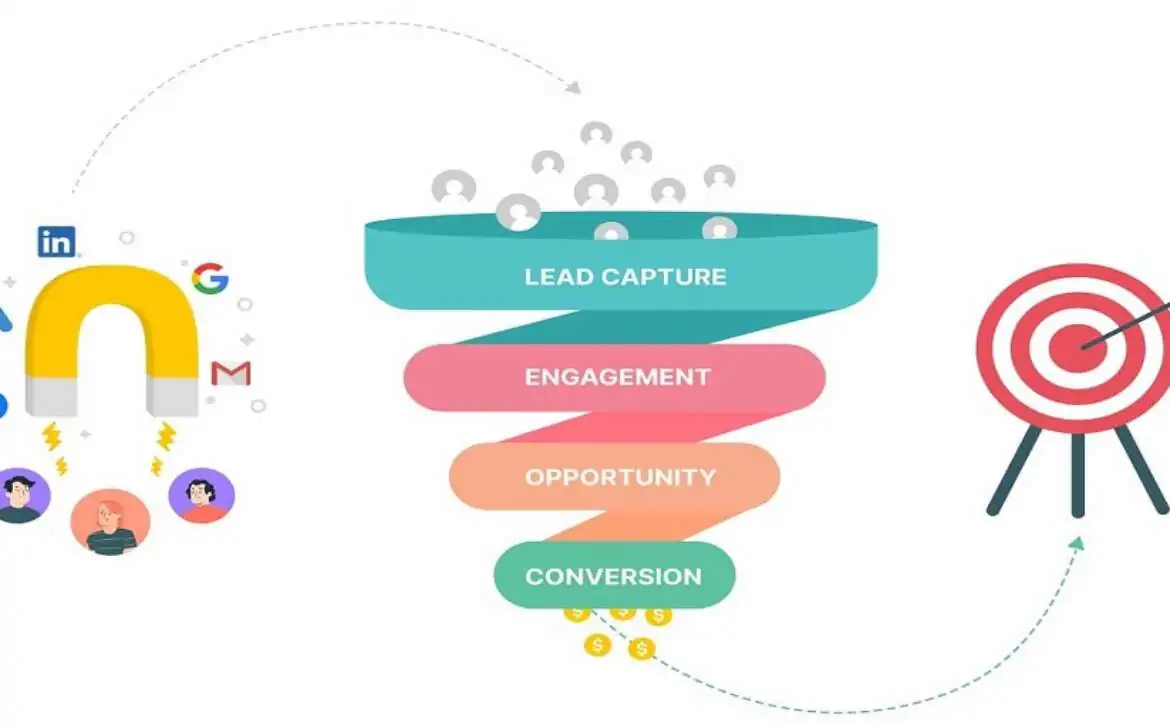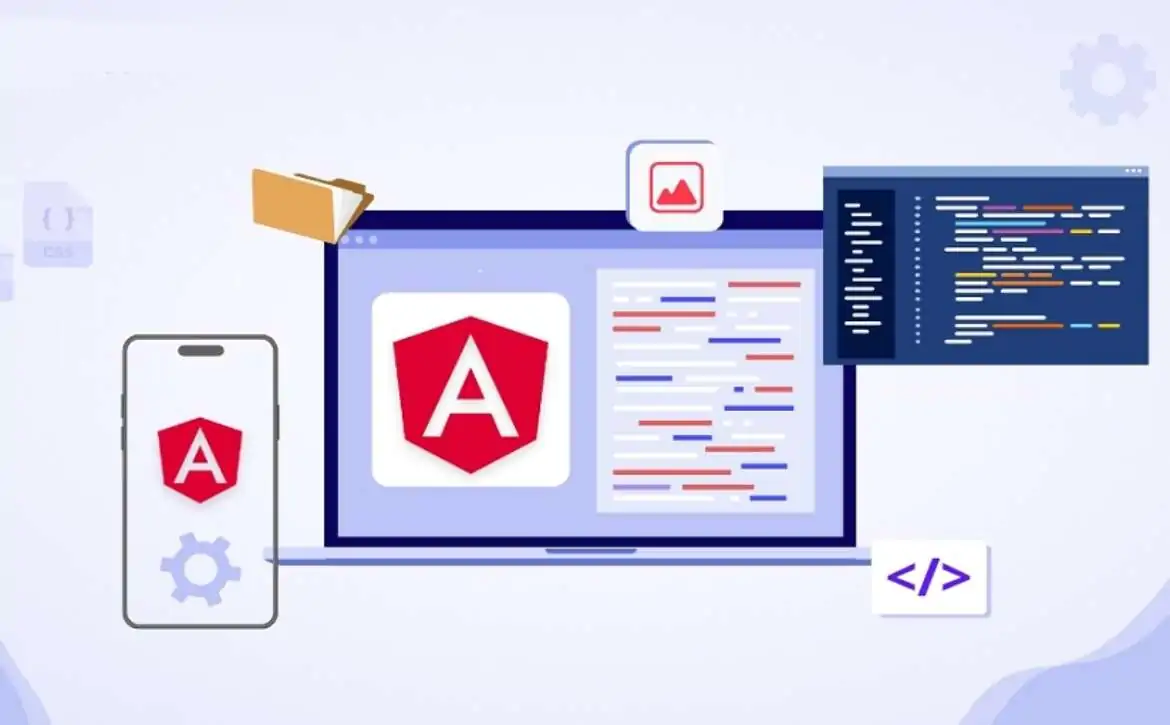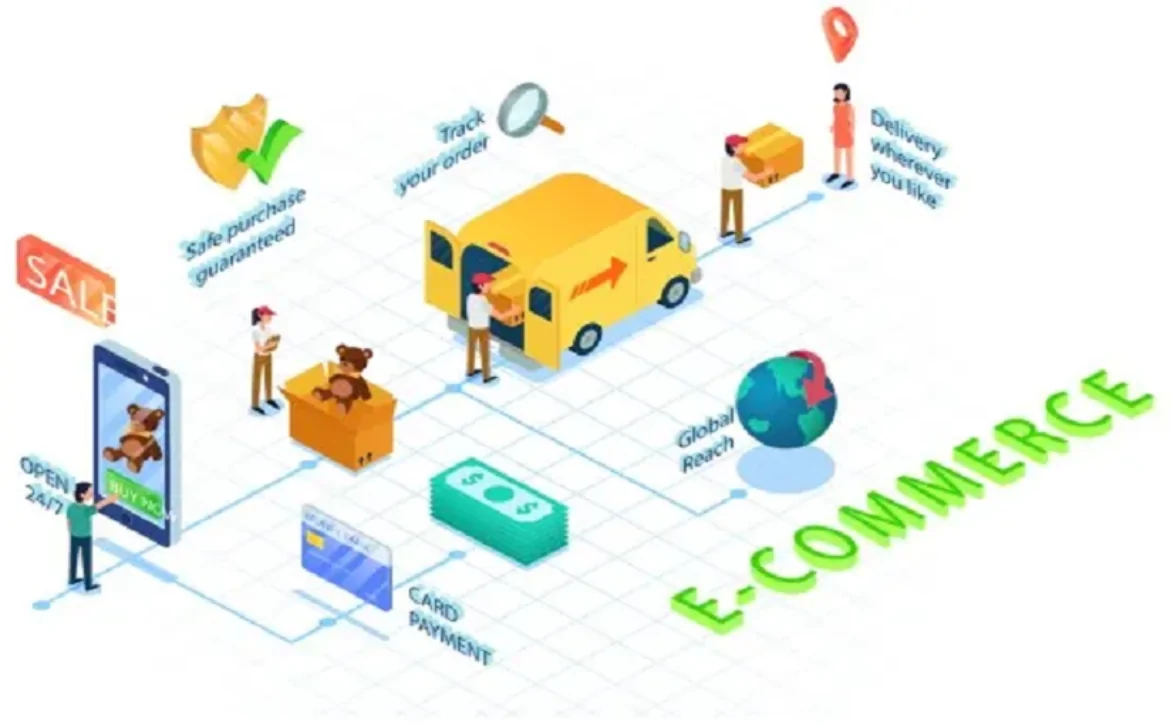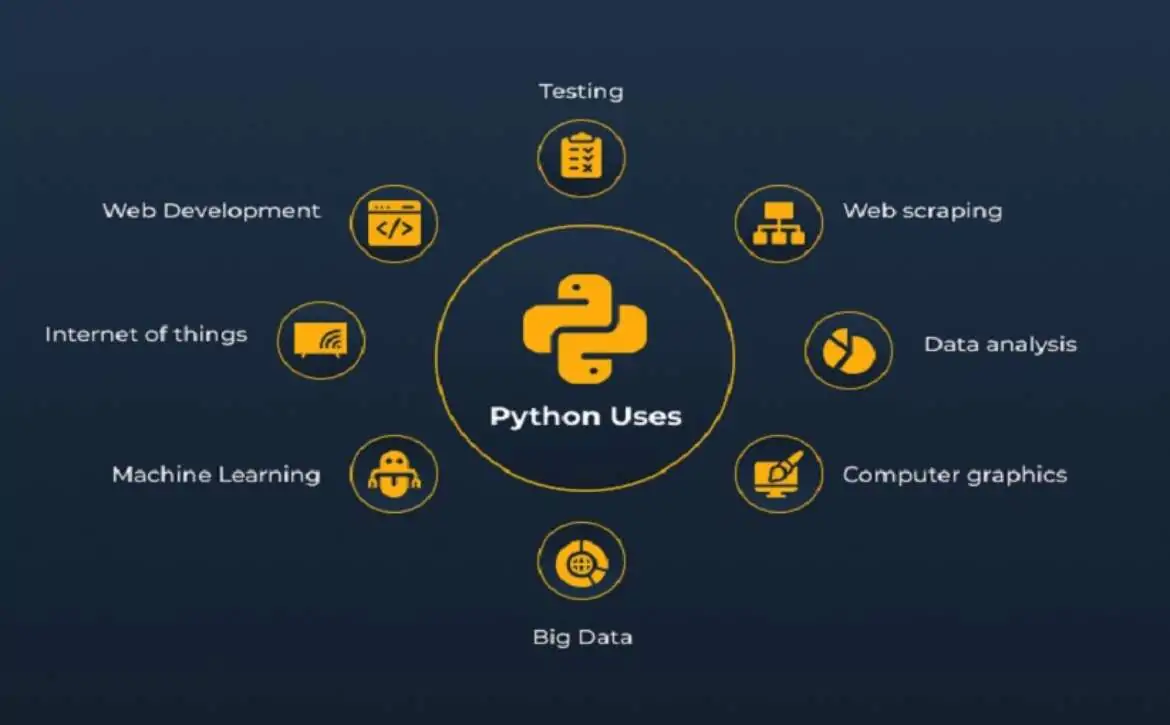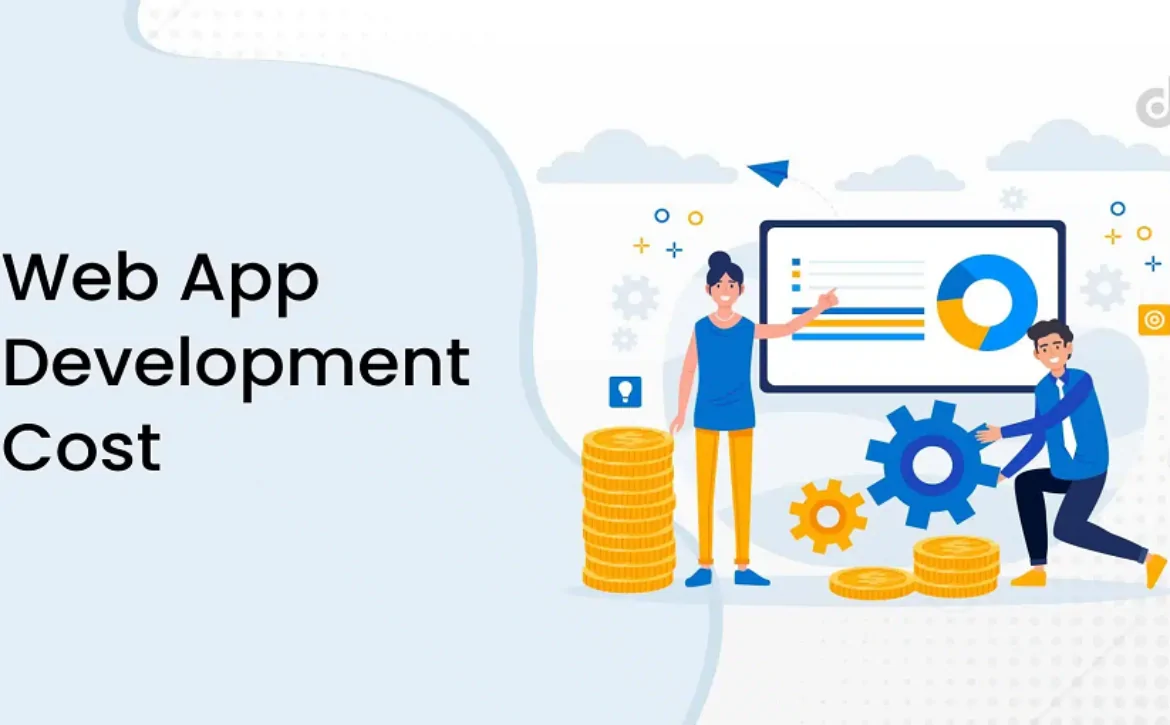How to Create a Lead Generation Marketing Strategy that Converts
In today’s digital age, businesses are increasingly focused on generating high-quality leads to fuel their growth and revenue. Whether you’re a startup or an established enterprise, the ability to attract, nurture, and convert leads is crucial to long-term success. A well-executed lead generation marketing strategy can help you not only build a steady stream of potential customers but also ensure that these leads are engaged, qualified, and ready to make a purchase. However, creating an effective lead generation strategy that actually converts can be a daunting task for many marketers.
Lead generation is more than just attracting random visitors to your website—it’s about targeting the right audience, delivering compelling content, and using tools and tactics that facilitate the process of capturing and nurturing leads. To develop a successful lead generation marketing strategy, businesses must understand the intricacies of the lead generation process, choose the best lead generation tools, and implement strategies that align with their audience’s needs and preferences.
This article will walk you through how to create a lead generation strategy that not only drives traffic but also converts that traffic into valuable leads. Also explore key elements such as the lead generation process, types of lead magnets, effective landing pages, and how to qualify and nurture leads through email marketing. Additionally, also provide a practical lead generation strategy template and Lead generation strategy example to guide you through the steps.
Understanding Digital Lead Generation Marketing Strategy
Lead generation is a crucial component of digital marketing that focuses on attracting potential customers, often referred to as “leads,” and guiding them toward making a purchase or taking a desired action. In digital marketing, the process involves collecting contact information, such as names, email addresses, or phone numbers, which businesses can then use to engage leads and convert them into customers.
What is lead generation in digital marketing? Simply put, it’s the process of identifying and capturing potential customers using various online marketing tactics. A successful lead generation strategy helps businesses build a pipeline of prospects, ensuring that they have a steady flow of new opportunities to nurture into long-term clients.
There are several lead generation marketing strategy tactics used in digital marketing, including email campaigns, social media marketing, content marketing, search engine optimization (SEO), and paid ads. Each of these tactics can be customized to target specific segments of your audience, increasing the chances of conversion.
The Lead Generation Process
To effectively generate leads, businesses must follow a structured lead generation process. Here’s a breakdown of the key steps in the lead generation process:
- Identify Your Target Audience: The first step in creating a lead generation marketing strategy is to identify your ideal customers. Knowing who your audience is helps tailor your messaging, content, and tactics to attract the right leads.
- Develop Engaging Content: Content is at the heart of most lead generation strategies. Whether through blog posts, webinars, or downloadable guides, high-quality content that addresses the pain points of your target audience is essential to capturing interest.
- Use Lead Magnets: A lead magnet is something valuable that you offer to your prospects in exchange for their contact information. This could be anything from an eBook, checklist, or free trial, to exclusive access to a webinar. Lead magnets play a significant role in converting website visitors into leads.
- Capture Leads with Forms and Landing Pages: Once prospects show interest, it’s important to have optimized lead capture forms and landing pages that make it easy for them to submit their information. A well-designed landing page with a compelling call to action (CTA) can dramatically increase your conversion rates.
- Nurture Leads Through Email Marketing: How to generate leads in sales? After capturing leads, the next step is nurturing them through consistent email communication. A drip email campaign, in which you send a series of emails over time, helps educate your leads, build trust, and move them through the sales funnel.
Creating a Lead Generation Strategy Template
A well-organized lead generation strategy template helps streamline your efforts and ensures consistency across all marketing channels. Here’s an example of a simple lead generation companies strategy template:
- Objective: Define what you want to achieve with your lead generation efforts. Is it increasing website traffic, building your email list, or generating a certain number of qualified leads each month?
- Target Audience: Identify your ideal customer personas. Consider factors such as demographics, pain points, goals, and purchasing behavior.
- Lead Magnets: Choose the types of lead magnets you will offer (e.g., eBooks, webinars, trials) and outline how you will distribute them (via landing pages, social media, or email campaigns).
- Content Strategy: Plan the types of content you’ll create, including blog posts, videos, and social media posts, that will attract and engage your audience.
- Lead Capture Forms and Landing Pages: Design optimized forms and landing pages to convert visitors into leads.
- Nurturing Process: Detail your follow-up strategy, such as email marketing sequences, phone calls, or retargeting ads, to keep leads engaged.
Lead Generation Marketing Strategy Tools
To streamline and enhance your lead generation efforts, there are a variety of lead generation tools available. These tools can help automate processes, track results, and improve efficiency. Some popular lead generation tools include:
- HubSpot: A comprehensive inbound marketing and CRM tool that helps businesses attract, convert, and nurture leads.
- OptinMonster: A powerful lead capture tool that allows you to create pop-ups, slide-ins, and other forms to capture leads.
- LinkedIn Sales Navigator: A tool for B2B lead generation that helps businesses find and connect with potential clients on LinkedIn.
- Mailchimp: An email marketing platform that enables businesses to automate email campaigns and nurture leads.
In the end, creating a lead generation marketing strategy that converts requires a strategic, multi-step approach. By understanding the lead generation process, implementing effective tactics like content creation, lead magnets, and email nurturing, and utilizing the right tools, businesses can attract high-quality leads and convert them into loyal customers. Whether you are a small startup or an established company, crafting a well-defined lead generation strategy can significantly impact your revenue and overall success in the competitive digital landscape.


